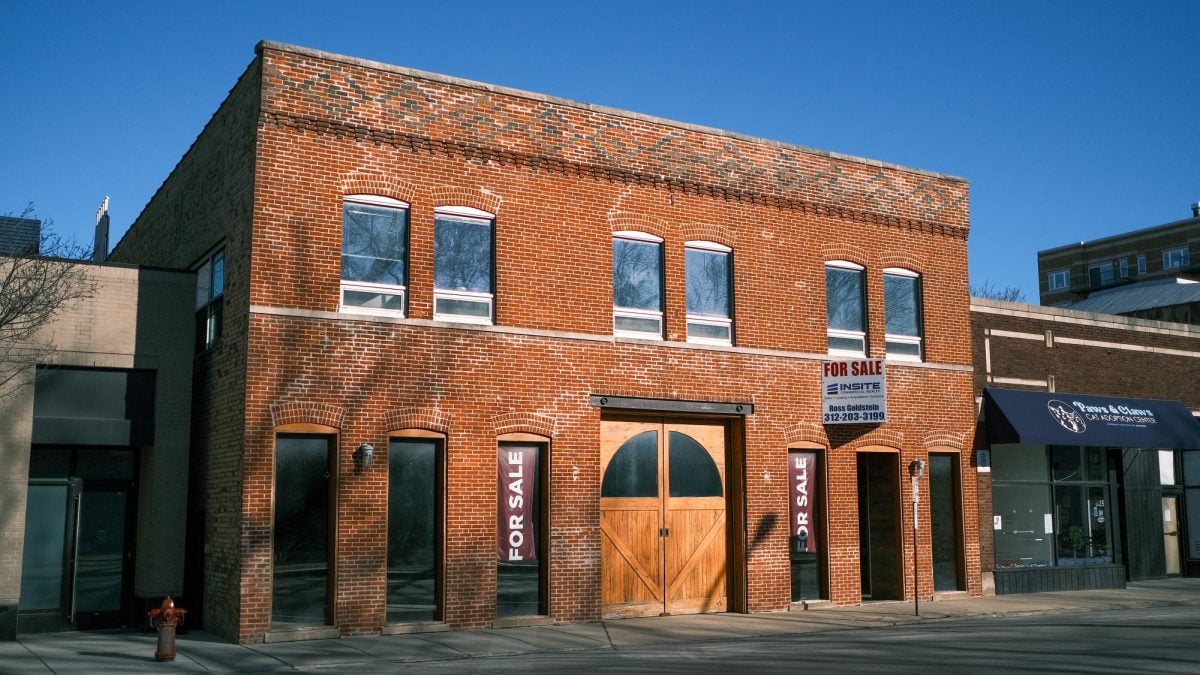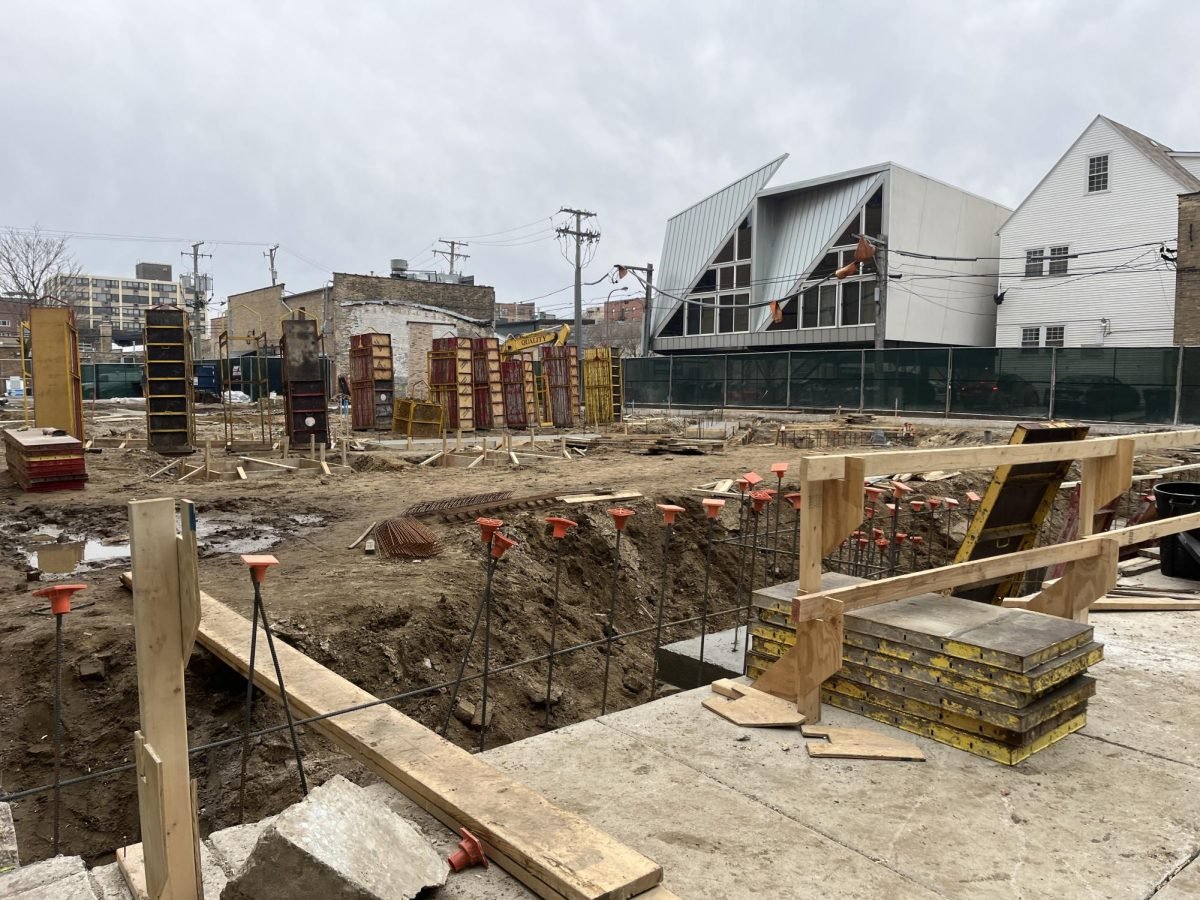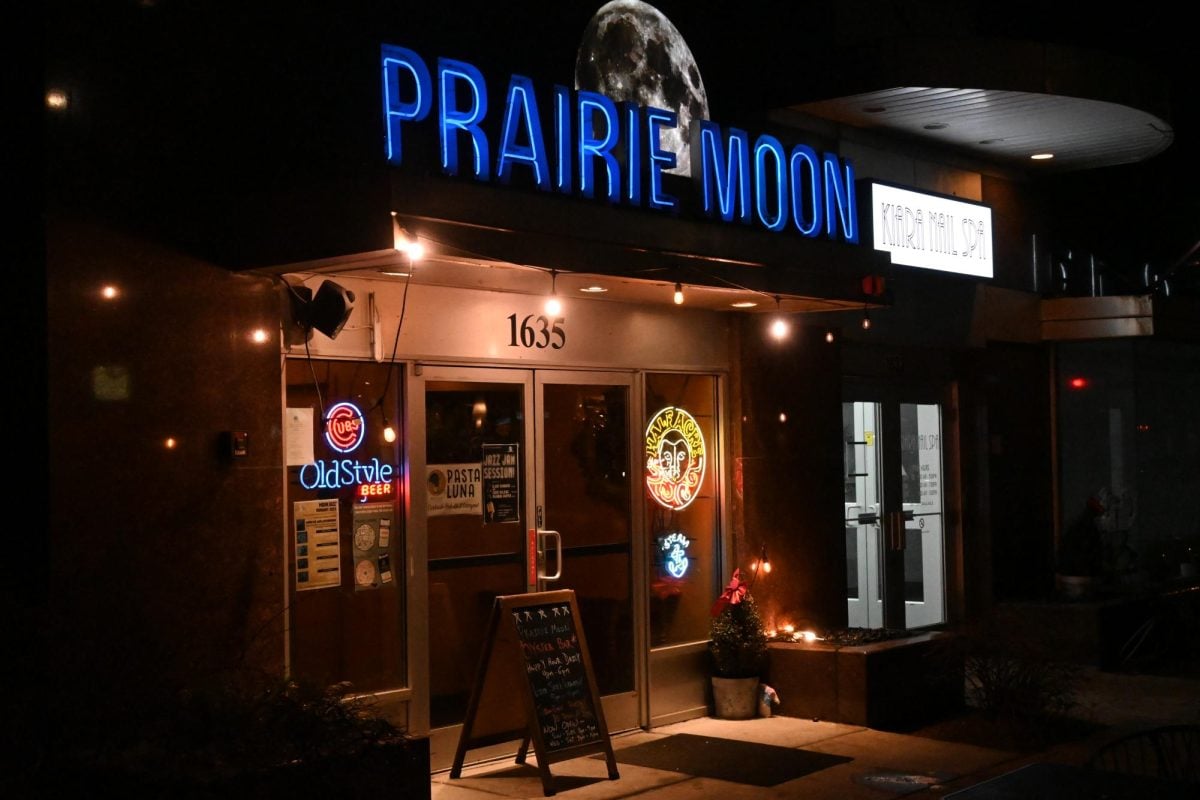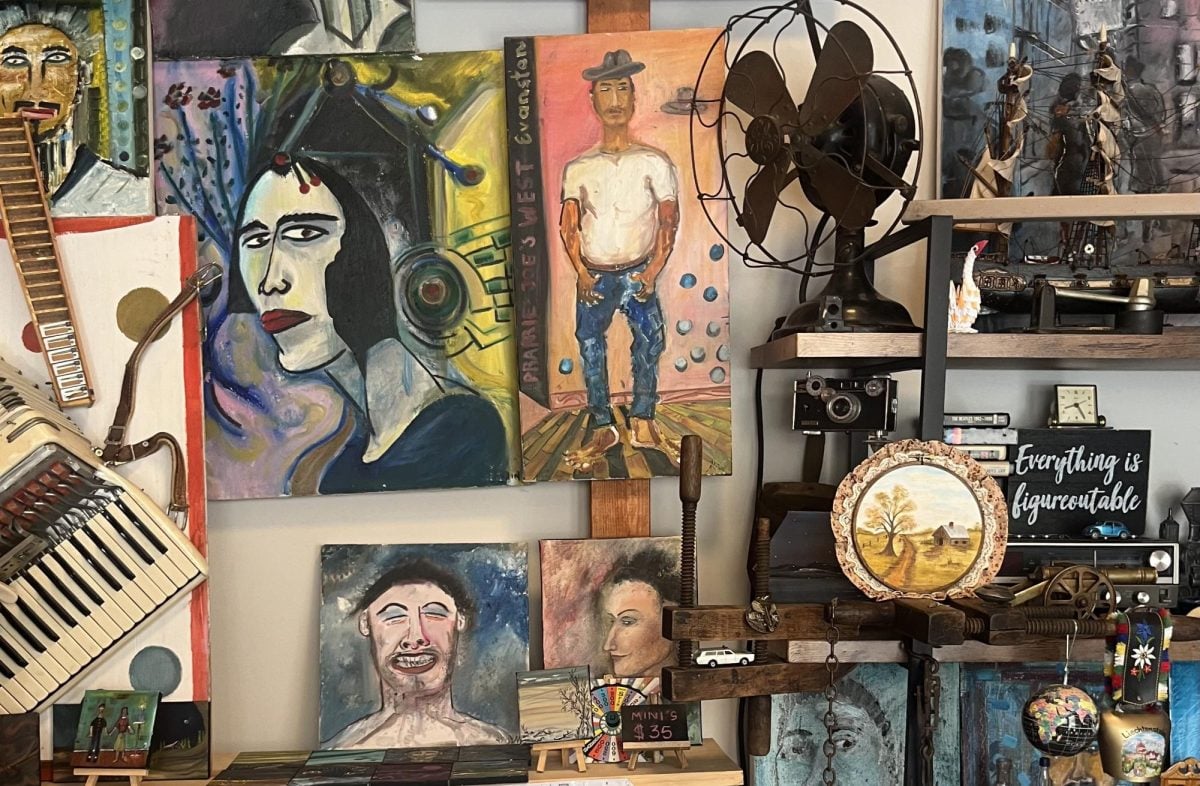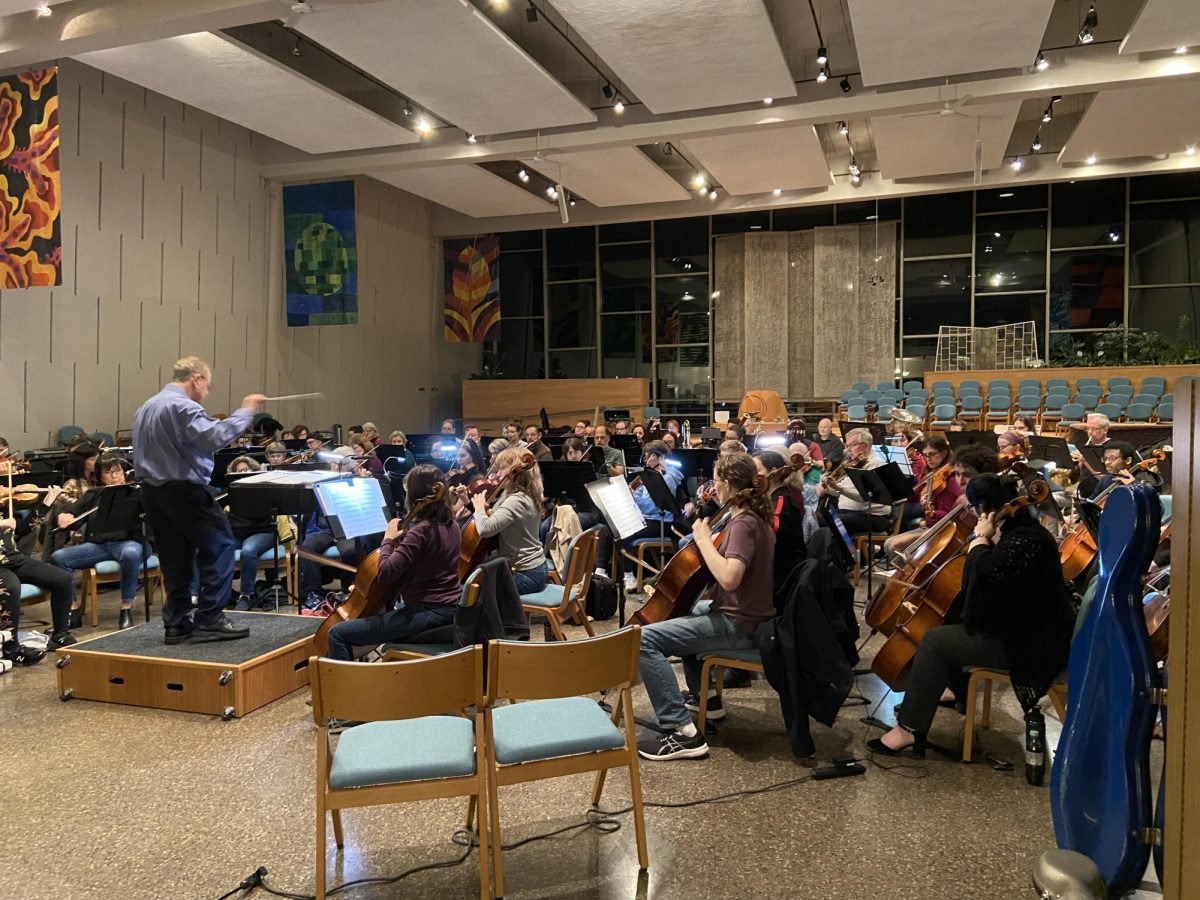To everyday passersby, the red brick building at 831 Chicago Ave. may not stand out. Standing at just two stories tall with a modest exterior, the property seems like any other vacant building.
But, Melissa Raman Molitor, the founder and director of Evanston Asian, South Asian and Pacific Islander Americans, has a vision — an Asian American Art and Cultural Center.
“We want a place dedicated to the research, preservation, celebration and creation of Asian American history, art and culture, and that building is perfect for it,” Molitor said.
Although Evanston ASPA has not yet secured the property, Molitor said she is determined to bring the concept to fruition.
If successful, the center — a space that would celebrate all Asian, South Asian and Pacific Islander American ethnicities across generations — would be the first of its kind in the Midwest, Molitor said.
“We have a lot of Asian cultural institutions in the region, but they’re ethnicity-specific,” said Molitor, who is Filipina-Indian American. “With this center, we want it to reflect our community, and our community is an umbrella of many different Asian cultures and ethnicities.”
According to Molitor, efforts to put the center in motion started over a year ago.
The rise in anti-Asian hate at the height of the COVID-19 pandemic was a “wake-up call,” she said.
“There was this realization that there is zero representation in the community where 10% of Evanstonians identify as Asian American,” Molitor said. “It became important for us to claim space in the city.”
Early months of planning were focused on community surveys and discussions with Evanston stakeholders, Molitor said. From early 2022 to late 2023, she led a proposal in the participatory budgeting pilot, though her proposal did not receive funding from the program.
In the midst of that process, Molitor enlisted the support of Josina Morita, the Cook County Commissioner for the 13th District, which includes Evanston, and the first Asian American commissioner. Morita said she was drawn in by the inclusive and multi-generational nature of the project.
“My kids are Chinese, Japanese and Black, so it’s about what kind of space they’ll be looking for when they figure out who they are in the world,” Morita said. “I hope this will be a space for the next generation of Asian Americans to feel like they have somewhere to belong.”
With Morita on board, the two began identifying a physical property for their vision.
Morita said they discovered the perfect property — 831 Chicago Ave. — during the participatory budgeting process. Going into the building for the first time, Morita remembers thinking, “this is it.”
“The layout is perfect, and if you go inside, some of the architectural pieces kind of remind you of Asian architecture,” she said. “It’s also near a lot of different modes of transportation that are accessible locally and regionally.”
Since then, Molitor and Morita have spent time at the drawing board, coming up with ideas for how to maximize the building’s 18,450 square feet.
According to Morita, the open space on the first floor would be reserved for cultural celebrations, galleries and exhibitions. It would also offer an indoor market for Asian American vendors in the winter.
The second floor would serve as an “office incubator,” housing small Asian American-owned businesses and, potentially, Morita’s government office, she said. Here, Molitor and Morita also plan to make room for a multiethnic archive featuring historical documents and artifacts, as well as a curricular resource center to help educators teach Asian American history in schools.
In the basement, which Morita said has an “unfinished brick aesthetic,” Asian American artists would enjoy ample studio space to gather, create and teach.
“It will just be an all-around asset to Asian Americans in terms of space to do what they want,” Morita said. “There’s nothing else like it nearby, so it will also drive visitors from around the region to Evanston.”
Before seeing their ideas come to life, though, Molitor and Morita must first secure the building.
According to Molitor, the final fundraising goal for the center is $3 million, with an initial down payment of $400,000 for the building.
“We are looking for private donors and public funding from the city and state,” Molitor said. “Hopefully, we can also get some federal funding as well.”
For the Asian American Art and Cultural Center to succeed, the initiative also requires approval from the government and community.
Morita said she serves as an “elected officials liaison,” inviting figures to visit the building and learn about the mission.
So far, she said Illinois House of Representatives Majority Leader Robyn Gabel (D-Evanston) and Rep. Jennifer Gong-Gershowitz (D-Glenview) have visited, and Evanston Mayor Daniel Biss, State Sen. Laura Fine (D-Glenview) and U.S. Rep. Jan Schakowsky (D-Ill.) are scheduled to come next week.
Meanwhile, other members of Molitor’s team, including Omar Salem, a member of the Evanston/Skokie District 65 Board of Education, are assisting with community outreach.
“It’s mainly grassroots for me, spreading the word about the center to the community, my friends and colleagues,” said Salem, who is Palestinian-Filipino-Chinese American. “People I’ve talked to think this is something that’s needed and worthwhile.”
Molitor said the project currently does not have an exact timeline, but according to Morita, their goal is to reach the initial $400,000 by the end of next month.
As Evanston ASPA continues to spread the word, Molitor said she hopes the public will recognize the project’s value.
“As much as this is a center for the Asian American community, it really is a center for the community at large to learn about the history, culture and experience of Asian Americans,” she said. “If we as a community are striving to end structural racism and achieve racial equity, then this is the type of work that needs to be done.”
Email: melissadai2026@u.northwestern.edu
Related Stories:
— Lunar New Year brings Evanston’s Asian American community together
— In its second year, TEAACH Act faces implementation challenges at ETHS

